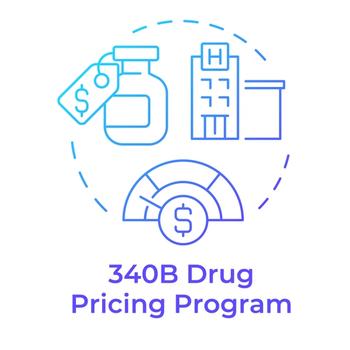
ICER: Fair Access to Prescription Drugs Varies Across Payers
ICER’s first scorecard of the barriers to fair access to medications found that more transparency is needed to fully assess insurers and their coverage policies.
The need for more transparency in how insurance companies implement their drug coverage policies has become apparent based on the Institute for Clinical and Economic Review’s (ICER) first annual Barriers to Fair Access
In this analysis, ICER found that most of the payer policies available for review were structured to support fair access to medications. But the organization stressed that its reviewers weren’t able to evaluate all the criteria that are essential for fair access and not all policies were available to evaluate. Additionally, ICER could only evaluate the content of the policies, not their implementation.
“As U.S. drug pricing continues to drive national headlines, it is equally important that everyone have a clear picture of what fair access looks like, and how to hold health plans and PBMs accountable when restrictions are unreasonable,” ICER’s President Steven D. Pearson, M.D., said in a
ICER had previously developed a set of appropriateness criteria for medication coverage and published these in a 2020
For the current analysis, ICER aimed to evaluate concordance of payer coverage policies for fairly-priced drugs with the fair access criteria presented in the white paper. They assessed fair access criteria for cost sharing, clinical eligibility, step therapy, and prescriber restrictions.
ICER used MMIT Network, a proprietary database of formulary coverage information, to evaluate 28 drugs that the organization felt were fairly priced across 15 of the largest commercial formularies in the United States. MMIT Network is a repository of open-source data including e-prescribing, physician educational channels, long-term care and other pharmacies, pharmaceutical manufacturers, and health plans and PBMs.
But ICER reviewers were unable to assess the full set of information for all drugs for all insurers. The database used did not include all policies or coverage, tiering information or prior authorization and step policies could not be determined for all insurers. Additionally, tiering was used to assess out-of-pocket expenses for patients, but ICER indicted that may not take into account the variety of copayment/coinsurance programs.
From the data available, ICER identified 70 drug-formulary policies in which both pharmacy and medical coverage information were available, out of a possible 420 drug-formulary combinations. In 67 (96%) of these dual coverage cases, the concordance rating was consistent for all fair access criteria across the pharmacy and medical policies.
ICER will host a webinar in Dec. 3, 2021, to discuss policy implications of this assessment.
The drugs and insurers that were reviewed are available
Newsletter
Get the latest industry news, event updates, and more from Managed healthcare Executive.





















































